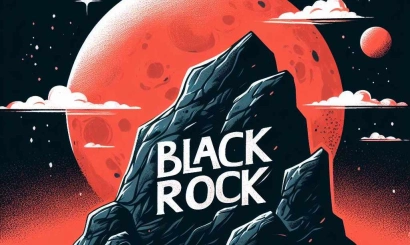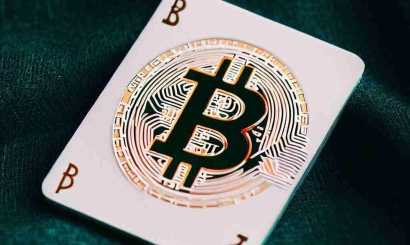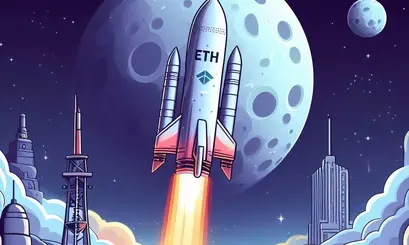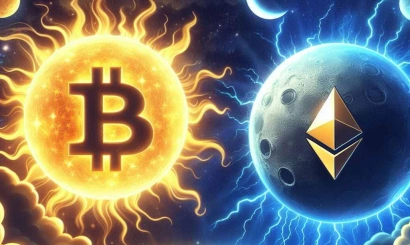"Why Bitcoin rises before and after halving. How it works"
An expert explained the connection between halving and the rise of the Bitcoin exchange rate.
In April, an important technical change is expected for Bitcoin, which historically has been accompanied by an increase in its exchange rate. We explain what influences this and what to expect this time.
"Soft4bro" does not provide investment advice, the material is published solely for informational purposes. Cryptocurrency is a volatile asset that can lead to financial losses.
The total number of bitcoins is limited, and the mechanism for issuing new coins is designed to prevent cryptocurrency inflation. In April, a planned event will occur, after which the issuance of new bitcoins will be halved — the so-called halving. This will be the fourth halving since the emergence of Bitcoin, and historically each of them has been accompanied by an increase in its exchange rate.
Miners receive new bitcoins as a reward when they process blocks of transactions in the cryptocurrency network. For each completed block, the miner who added it to the blockchain (the transaction registry in the cryptocurrency) receives a reward in the form of 6.25 new bitcoins. After halving, miners will receive only half as much — just 3.125 coins.
The first halving occurred in November 2012, then in July 2016, and the last time was in May 2020. Initially, miners received a reward of 50 BTC for adding a block of transactions to the blockchain, but each time this amount was halved. The final reduction in reward is expected in 2140 when the last bitcoin is mined. After that, miners will earn solely from transaction fees.
Bitcoin updates are planned to minimize the impact on the network itself, but typically they are associated with significant fluctuations in cryptocurrency prices. Historically, several months after halving, the price of Bitcoin sharply increased. In anticipation of halving, market sentiments usually become bullish, which affects traders' behavior.
Historical data:
The event halves the rate at which coins flow into the market, but buyer interest remains at the same level. Changes create a cryptocurrency shortage, which pushes its price up, argues ENCRY Foundation co-founder Roman Nekrasov.
Halving occurs every 210,000 mined blocks in the Bitcoin network, which is approximately once every four years. Bitcoin generally reacts to the event in the same way, notes Nekrasov. This can be seen on the well-known rainbow chart in the crypto community, where the black curve is the Bitcoin exchange rate, the blue vertical lines are halvings, and the rainbow itself is the color differentiation that helps understand whether the coin was cheap (blue area) or expensive (red area) at each point in time.
After each halving, Bitcoin reached an absolute maximum value, which took on average one and a half years after the event. The active growth phase of Bitcoin began several months after halving.
Current conditions:
"Halving increases the cryptocurrency shortage in the market, and in the conditions of 2024, the effect of the event will be strengthened by spot Bitcoin ETFs," predicts Nekrasov. "The growth of trading volume through a tool that has been awaited in the US since 2013 forces issuers to sweep bitcoins off the market. Already, approximately 4.4% of the cryptocurrency issuance is locked in ETFs."
Demand for Bitcoin and its sharp rise in price have been fueled by a powerful influx of funds into American spot exchange-traded funds (ETFs) for Bitcoin. The mechanism of operation of such funds involves the purchase of Bitcoin to support their shares. A group of such funds, including ETFs from the world's largest asset management company BlackRock, began trading on exchanges on January 11, 2024.
Halving will halve the influx of new bitcoins into the market. If investor interest in spot Bitcoin ETFs does not decrease, the event itself will accelerate the rise in the cryptocurrency exchange rate, the expert believes. The market has already gone through three halvings, and after each, Bitcoin updated its absolute maximum value.
There are all reasons to believe that this time the event will push the cryptocurrency towards growth, Nekrasov is confident, but it is worth noting the correction — there are risks of a decrease in the exchange rate after halving.
"The event may be associated with a peak of euphoria for many and assumptions that the coin has reached a local maximum. At such moments, many take profit," Nekrasov explains. "However, positive forecasts for the spot Bitcoin ETF market and expectations of further Bitcoin growth will help the cryptocurrency quickly regain strength."
Historical experience and the specifics of Bitcoin's position indicate prospects for further growth in the cryptocurrency exchange rate. Therefore, market participants should consider long-term investments in Bitcoin even at the current exchange rate, he believes. For those focused on short-term income, it is worth understanding that "the market is overheated" — risks of local corrections should not be ruled out.




_410x245_00e.webp)


